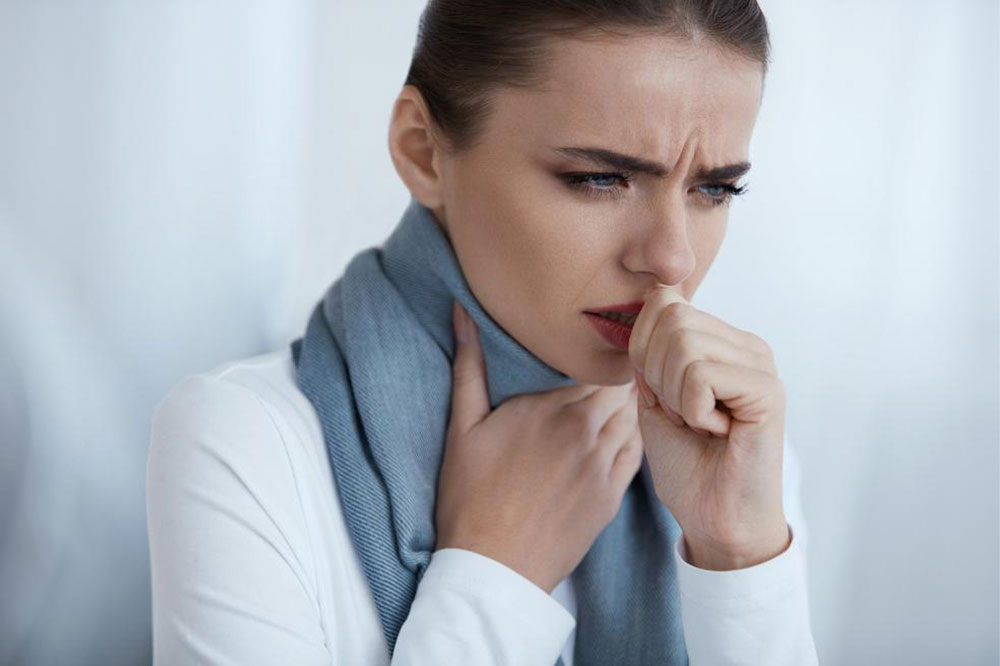Liver cancer – Silent signs and risk factors

Liver cancer, known to be one of the fastest-growing types of cancer, is a life-threatening health condition. There are two types of liver cancer: primary and secondary. Primary liver cancer begins in the cells or bile ducts, whereas secondary cancer spreads to the liver from other parts of the body. In either case, the symptoms usually don’t appear until the advanced stages. Here are some of the silent signs of liver cancer: causes, diagnosis, and management options.
Silent signs of liver cancer
Liver cancer is often referred to as a silent condition because it is quite challenging to detect in the early stages. As the cancer progresses, some of these symptoms begin to show up.
- Unusual swelling and pain in the abdomen
In most cases of liver cancer, constant pain starts to develop in the upper right region of the abdomen. In addition, there is considerable swelling. Those who are asymptomatic may experience stabbing pain when the area over the liver is pressed slightly during a physical examination. However, these symptoms do not necessarily indicate liver cancer. It may also happen due to other health conditions, such as issues with the pancreas or gallbladder or due to a hepatitis infection.
- Loss of appetite
A loss of appetite can happen due to different health conditions, including cancer and viral infections. However, if it occurs along with other known signs of lung cancer, one must consult their doctor. Those with high-risk factors need to undergo liver cancer screening.
- Feel full quickly
As the cancer cells start to multiply rapidly, liver cancer starts to affect the digestive system. There can be an excess accumulation of fluids in the abdomen. As a result, one may feel full very quickly, even after eating just a little. Furthermore, one may also experience other symptoms, such as nausea and burping, which may lead to unconsciously reducing portion sizes for meals.
- Significant changes in bowel movements
Liver cancer can drastically change one’s bowel movements. As the cancer advances, the tumors begin to grow and spread. This has an impact on the bowels. Sometimes, food remains undigested and is not absorbed by the digestive system. This food passes through the bowels, making diarrhea a common occurrence. However, diarrhea as a standalone symptom cannot be considered an indication of liver disease. It can also occur due to other preexisting conditions such as Crohn’s disease, irritable bowel syndrome, GERD, or Celiac disease.
- Yellowish tinge to the skin and eyes
Eyes and skin turning yellow are usually signs of jaundice. However, it can also indicate liver cancer. In such cases, this symptom is often accompanied by relentless itching sensations.Other common symptoms of liver cancer include weakness and tiredness, persistent pain in the right shoulder, and frequent occurrences of a fever.
Risk factors
Liver cancer is a rare health disorder. Since most of its symptoms occur later, it helps to undergo regular screening if one is at a higher risk. Here are a few factors that increase the probability of liver cancer: Being aware of these common risk factors may help in seeking an early diagnosis.
- Chronic infection with HBV or HCV
Those who have a chronic infection with the hepatitis B virus (HBV) or hepatitis C virus (HCV) are at a higher risk of developing liver cancer. - Cirrhosis
An irreversible and progressive condition, cirrhosis causes the formation of scar tissues in the liver. It is a significant risk factor for liver cancer. - Inherited liver diseases and diabetes
Certain liver diseases, such as hemochromatosis and Wilson’s disease, that are genetic and inherited, increase the risk of liver cancer. Additionally, a person with pre-existing diabetes needs to undergo regular screening since the risk of liver cancer is significant in such cases. - Nonalcoholic fatty liver disease
When there is a high accumulation of fats in the liver, it leads to the development of fatty liver disease. It increases the probability of having liver cancer as well. An accumulation of fat in the liver increases the risk of liver cancer. - Exposure to aflatoxins
Those who have had prolonged exposure to aflatoxins may develop liver cancer over time. Aflatoxins are poisonous compounds released by mold growing over poorly stocked crops such as nuts and grains.
Diagnosis
When a person with high-risk factors starts exhibiting some of the silent signs of liver cancer, a healthcare provider will start with a series of physical examinations. They will ask questions regarding the family history of medical conditions and a person’s medical history. Once these are done, some or all of these tests may be recommended to get an accurate prognosis for liver cancer.
- Blood tests
These tests include liver function tests that check the liver enzymes, proteins, and other substances. These are checked for indicators showing whether the liver is damaged or healthy. Some blood tests also check for AFP, or alpha-fetoprotein. A high AFP count may be indicative of liver cancer. - Ultrasound
Sonography images show the structures of soft tissues in the abdomen and the near arrears, including the liver. If a tumor is growing in the liver, it will be visible through this test. - Computed tomography (CT) scan
This is an X-ray-based imaging test that is useful in ascertaining the location and size of a tumor that is growing due to liver cancer. - Magnetic resonance imaging (MRI)
This imaging test uses radio waves to check whether the cancer has spread to other parts of the body. - Angiogram
Dye is injected into the artery to look for blockages such as tumors and blood vessel activity in the liver. Angiograms help to determine the extent to which cancer has spread in the liver. - Biopsy
This is a minor surgical process that involves removing some liver tissue. The tissue is then studied under a microscope to check for the presence of cancerous cells. This is one of the most reliable ways to confirm a liver cancer diagnosis.


